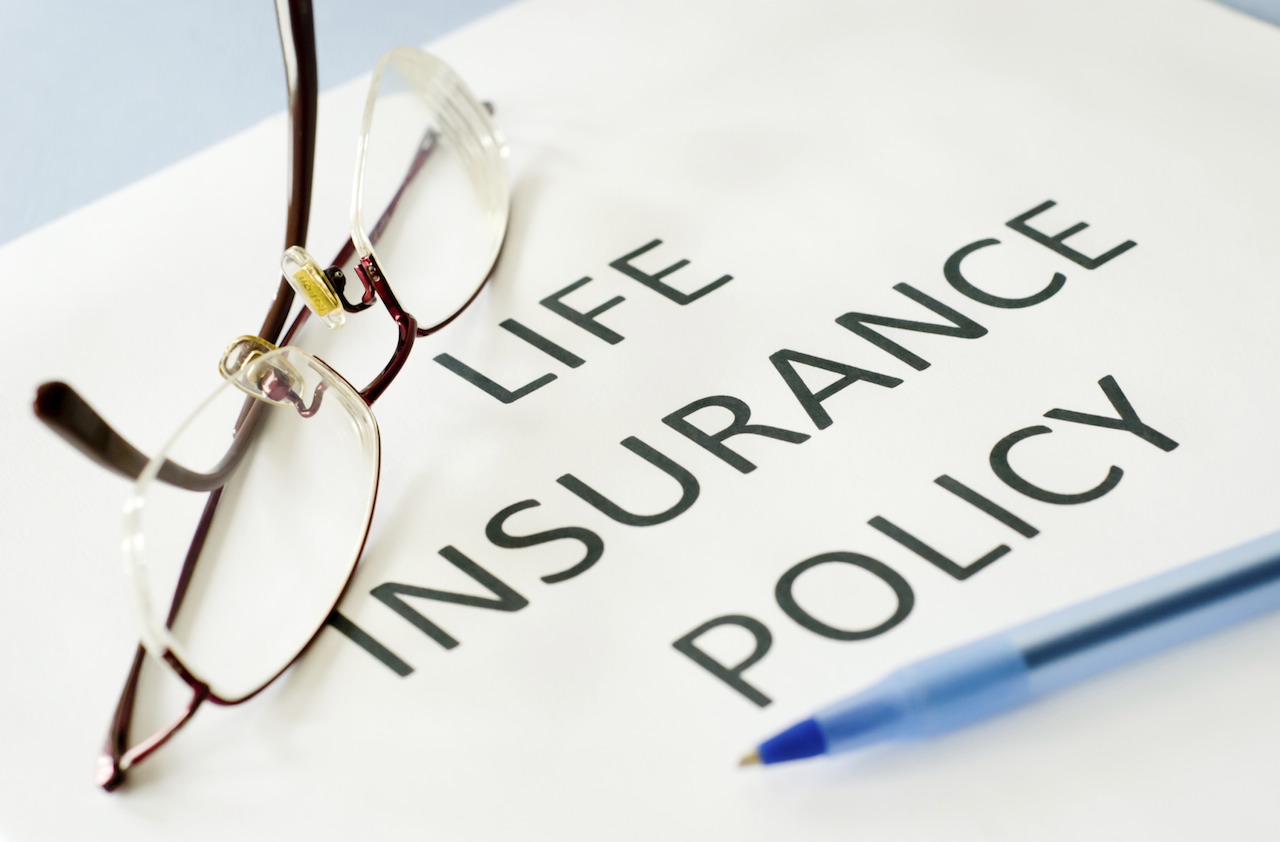Term Insurance
This is as simple as life insurance gets and is the easiest to understand.

This is as simple as life insurance gets and is the easiest to understand. You insure your life for a certain amount of money for a fixed period of time -- one year, five years or more -- and pay an annual premium based on your age and the amount of coverage you're buying. There's nothing fancy about term insurance. It has no savings or investment features built into the rates, making it the purest form of life insurance around and thus the cheapest for a given amount of coverage.
Types of term insurance
Annual-renewable term. You buy a series of one-year policies and the insurance company guarantees you the right to renew the coverage each year without having to undergo an additional medical exam. Your premium rises with each new policy year.
Guaranteed-level term. Instead of rising each year, premiums start out a little higher but stay level for ten, 15, 20 or 30 years. At the end of the period, you have usually paid less than you would have under an annual-renewable term policy. Insurance companies developed guaranteed-level term policies to discourage customers from hopping from one company to another each year at policy renewal time, chasing the lowest rates.
From just $107.88 $24.99 for Kiplinger Personal Finance
Become a smarter, better informed investor. Subscribe from just $107.88 $24.99, plus get up to 4 Special Issues

Sign up for Kiplinger’s Free Newsletters
Profit and prosper with the best of expert advice on investing, taxes, retirement, personal finance and more - straight to your e-mail.
Profit and prosper with the best of expert advice - straight to your e-mail.
Declining, decreasing or reducing term. The amount of coverage gradually declines according to a fixed schedule over ten, 15, 20 or more years. Mortgage insurance policies, which pay the loan balance when the policyholder dies, are a common form of decreasing term.
Convertible term. For a higher premium than regular term, a convertible policy can be rolled into a whole-life, or cash-value, policy without your having to meet medical standards at the time of conversion. Most companies offer policies that are both convertible and renewable up to specified ages or for fixed periods.
Profit and prosper with the best of Kiplinger's advice on investing, taxes, retirement, personal finance and much more. Delivered daily. Enter your email in the box and click Sign Me Up.
-
 How to Safely Open an Online Savings Account
How to Safely Open an Online Savings AccountOnline banks offer generous APYs that most brick-and-mortar banks can't match. If you want to make the switch to online but have been hesitant, I'll show you how to do it safely.
-
 7 Ways to Age Gracefully Like the Best Stock Photo Seniors
7 Ways to Age Gracefully Like the Best Stock Photo SeniorsAs a retirement editor, I've gleaned valuable wisdom (and a lot of laughs) from one older couple that tops the seniors' stock photo charts.
-
 My First $1 Million: Banking Executive, 48, Southeast U.S.
My First $1 Million: Banking Executive, 48, Southeast U.S.Ever wonder how someone who's made a million dollars or more did it? Kiplinger's My First $1 Million series uncovers the answers.
-
 AI Appliances Aren’t Exciting Buyers…Yet
AI Appliances Aren’t Exciting Buyers…YetThe Kiplinger Letter Artificial intelligence is being embedded into all sorts of appliances. Now sellers need to get customers to care about AI-powered laundry.
-
 Banks Are Sounding the Alarm About Stablecoins
Banks Are Sounding the Alarm About StablecoinsThe Kiplinger Letter The banking industry says stablecoins could have a negative impact on lending.
-
 Big Changes Are Ahead for Higher Ed
Big Changes Are Ahead for Higher EdThe Kiplinger Letter A major reform of higher ed is underway. Colleges are bracing for abrupt change, financial headwinds and uncertainty.
-
 What New Tariffs Mean for Car Shoppers
What New Tariffs Mean for Car ShoppersThe Kiplinger Letter Car deals are growing scarcer. Meanwhile, tax credits for EVs are on the way out, but tax breaks for car loans are coming.
-
 AI’s Rapid Rise Sparks New Cyber Threats
AI’s Rapid Rise Sparks New Cyber ThreatsThe Kiplinger Letter Cybersecurity professionals are racing to ward off AI threats while also using AI tools to shore up defenses.
-
 Blue Collar Workers Add AI to Their Toolboxes
Blue Collar Workers Add AI to Their ToolboxesThe Kiplinger Letter AI can’t fix a leak or install lighting, but more and more tradespeople are adopting artificial intelligence for back-office work and other tasks.
-
 AI Goes To School
AI Goes To SchoolThe Kiplinger Letter Artificial intelligence is rapidly heading to K-12 classrooms nationwide. Expect tech companies to cash in on the fast-emerging trend.
-
 What To Know if You’re in the Market for a New Car This Year
What To Know if You’re in the Market for a New Car This YearThe Kiplinger Letter Buying a new car will get a little easier, but don’t expect many deals.